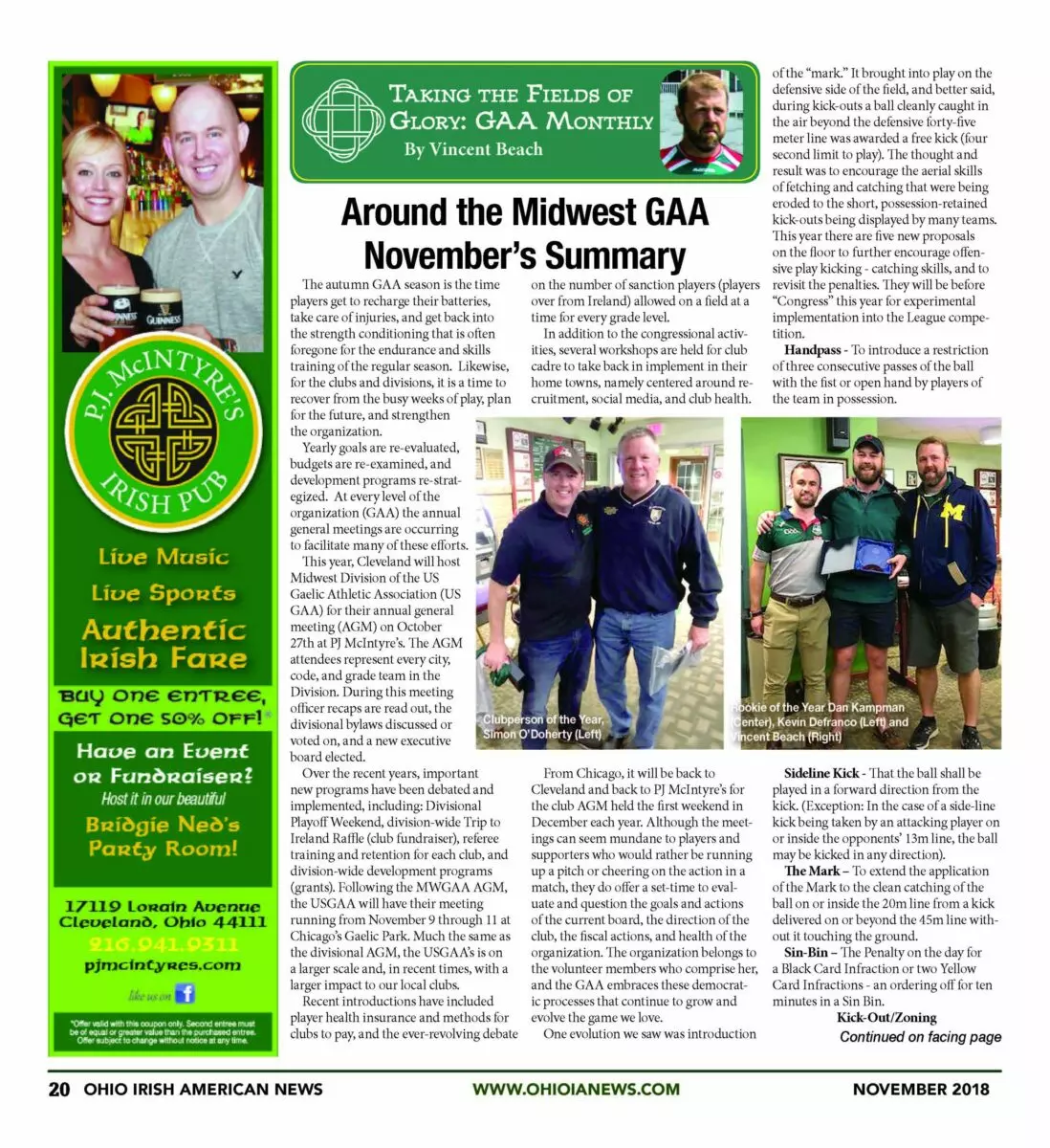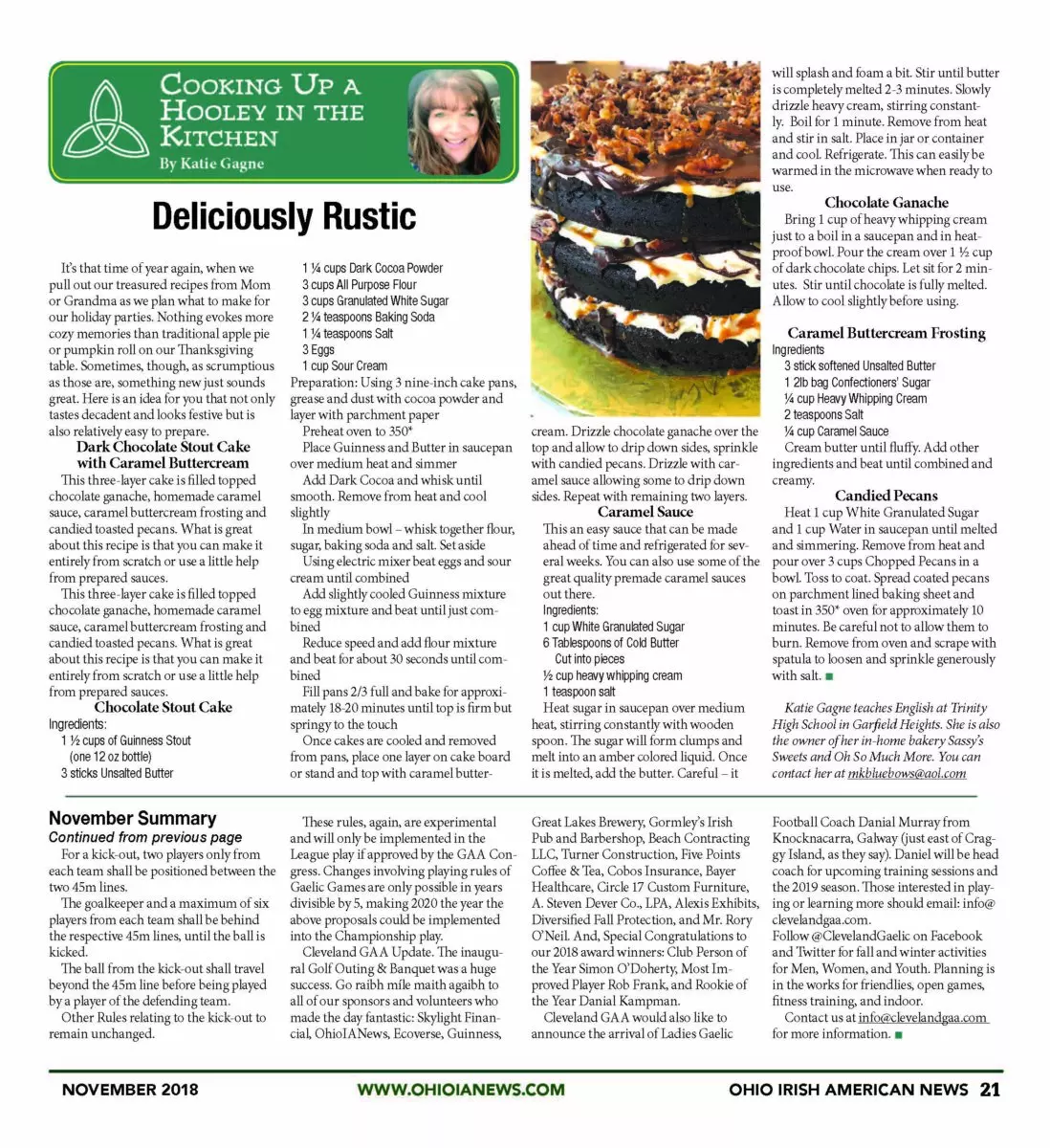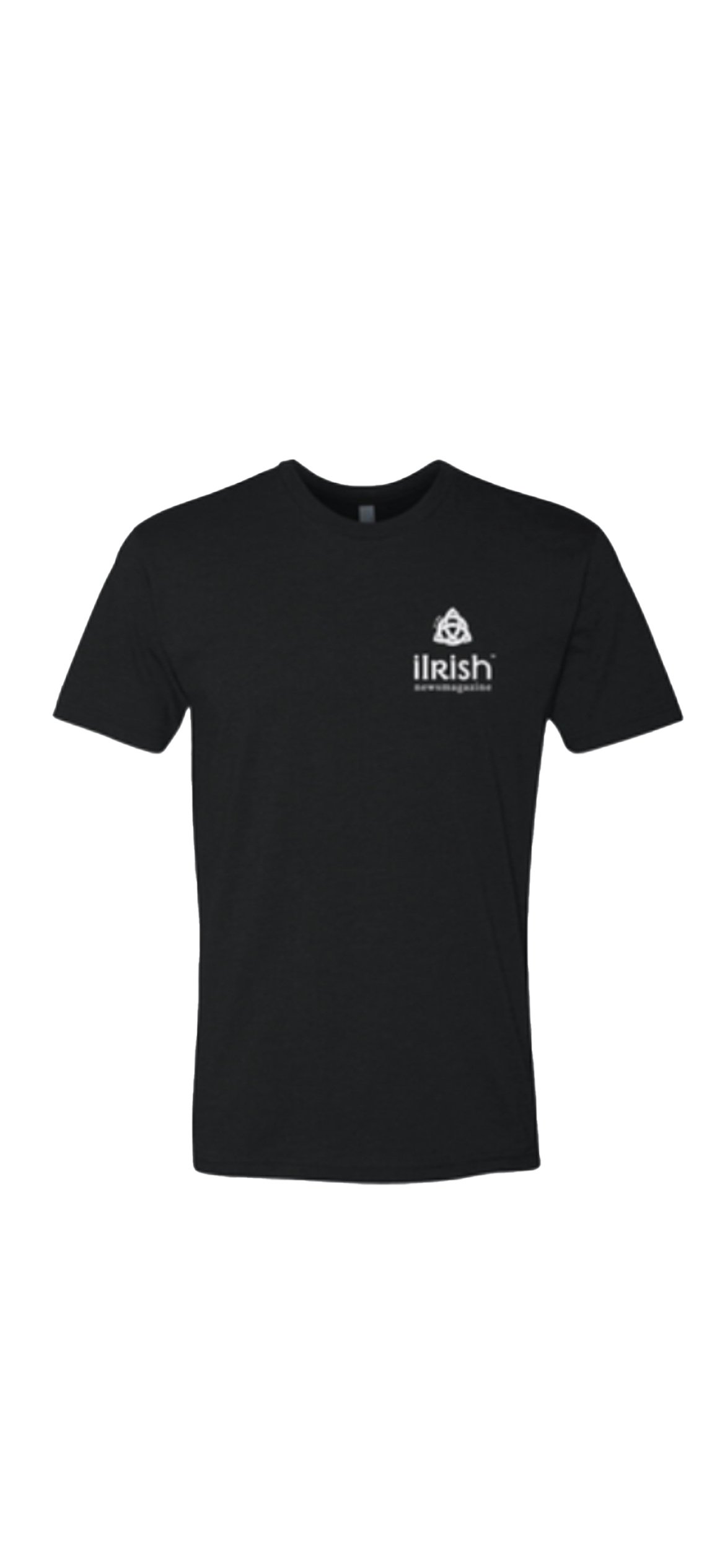Fields of Glory: Around the Midwest GAA November’s Summary
- John O'Brien
- November 5, 2018
- Edited 4 months ago
Table of Contents
Fields of Glory: Around the Midwest GAA November’s Summary
by Vincent Beach
The autumn GAA season is the time players get to recharge their batteries, take care of injuries, and get back into the strength conditioning that is often foregone for the endurance and skills training of the regular season. Likewise, for the clubs and divisions, it is a time to recover from the busy weeks of play, plan for the future, and strengthen the organization.
Yearly goals are re-evaluated, budgets are re-examined, and development programs re-strategized. At every level of the organization (GAA), the annual general meetings are occurring to facilitate many of these efforts.
This year, Cleveland will host the Midwest Division of the US Gaelic Athletic Association (US GAA) for their annual general meeting (AGM) on October 27th at PJ McIntyre’s. The AGM attendees represent every city, code, and grade team in the Division. During this meeting officer recaps are read out, the divisional bylaws discussed or voted on, and a new executive board is elected.
Over the recent years, important new programs have been debated and implemented, including Divisional Playoff Weekend, division-wide Trip to Ireland Raffle (club fundraiser), referee training and retention for each club, and division-wide development programs (grants). Following the MWGAA AGM, the USGAA will have their meeting running from November 9 through 11 at Chicago’s Gaelic Park. Much the same as the divisional AGM, the USGAA is on a larger scale and, in recent times, with a larger impact to our local clubs.
Recent introductions have included player health insurance and methods for clubs to pay, and the ever-revolving debate on the number of sanctioned players (players over from Ireland) allowed on a field at a time for every grade level. In addition to the congressional activities, several workshops are held for club cadre to take back in implement in their home towns, namely centered around recruitment, social media, and club health.
From Chicago, it will be back to Cleveland and back to PJ McIntyre’s for the club AGM held the first weekend in December each year. Although the meetings can seem mundane to players and supporters who would rather be running up a pitch or cheering on the action in a match, they do offer a set time to evaluate and question the goals and actions of the current board, the direction of the club, the fiscal actions, and health of the organization. The organization belongs to the volunteer members who comprise her, and the GAA embraces these democratic processes that continue to grow and evolve the game we love.
One evolution we saw was the introduction of the “mark.” It brought into play on the defensive side of the field, and better said, during kick-outs a ball cleanly caught in the air beyond the defensive forty-five meter line was awarded a free kick (four-second limit to play). The thought and result was to encourage the aerial skills of fetching and catching that were being eroded to the short, possession-retained kick-outs being displayed by many teams. This year there are five new proposals on the floor to further encourage offensive play kicking–catching skills and to revisit the penalties. They will be before “Congress” this year for experimental implementation into the League competition.
- Handpass – To introduce a restriction of three consecutive passes of the ball with the fist or open hand by players of the team in possession.
- Sideline Kick – The ball shall be played in a forward direction from the kick. (Exception: In the case of a side-line kick being taken by an attacking player on or inside the opponent’s 13m line, the ball may be kicked in any direction).
- The Mark – To extend the application of the Mark to the clean catching of the ball on or inside the 20m line from a kick delivered on or beyond the 45m line without it touching the ground.
- Sin-Bin – The Penalty on the day for a Black Card Infraction or two Yellow Card Infractions – an ordering off for ten minutes in a Sin Bin.
- Kick-Out/Zoning
- For a kick-out, two players only from each team shall be positioned between the two 45m lines.
- The goalkeeper and a maximum of six players from each team shall be behind the respective 45m lines, until the ball is kicked.
- The ball from the kick-out shall travel beyond the 45m line before being played by a player of the defending team.
- Other Rules relating to the kick-out to remain unchanged.
These rules, again, are experimental and will only be implemented in the League play if approved by the GAA Congress. Changes involving playing rules of Gaelic Games are only possible in years divisible by 5, making 2020 the year the above proposals could be implemented into the Championship play.
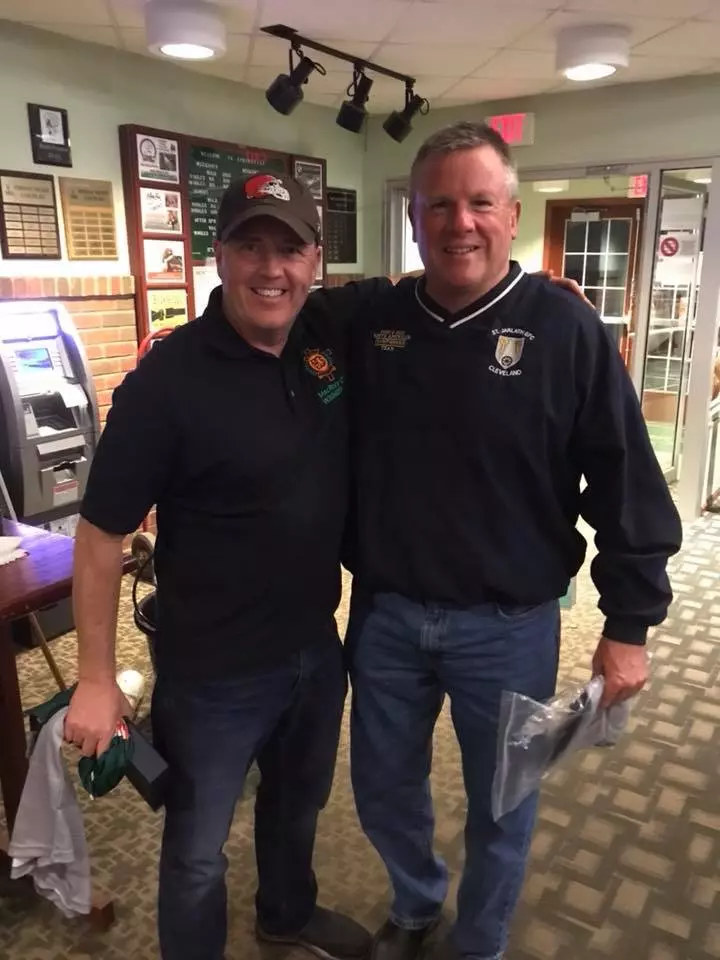
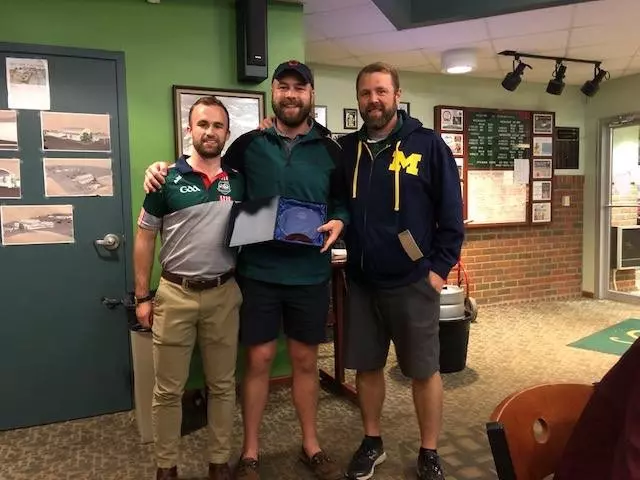
Cleveland GAA Update. The inaugural Golf Outing & Banquet was a huge success. Go raibh míle maith agaibhto all of our sponsors and volunteers who made the day fantastic: Skylight Financial, OhioIANews, Ecoverse, Guinness, Great Lakes Brewery, Gormley’s Irish Pub and Barbershop, Beach Contracting LLC, Turner Construction, Five Points Coffee & Tea, Cobos Insurance, Bayer Healthcare, Circle 17 Custom Furniture, A. Steven Dever Co., LPA, Alexis Exhibits, Diversified Fall Protection, and Mr. Rory O’Neil.
Special Congratulations to our 2018 award winners: Club Person of the Year Simon O’Doherty, Most Improved Player Rob Frank, and Rookie of the Year Danial Kampman.
Cleveland GAA would also like to announce the arrival of Ladies Gaelic Football Coach Danial Murray from Knocknacarra, Galway (just east of Craggy Island, as they say). Daniel will be the head coach for upcoming training sessions and the 2019 season. Those interested in playing or learning more should email [email protected].
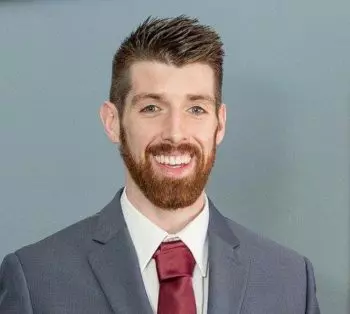
Follow @ClevelandGaelic on Facebook and Twitter for fall and winter activities for Men, Women, and Youth. Planning is in the works for friendlies, open games, fitness training, and indoor. Contact us at [email protected]for more information.
